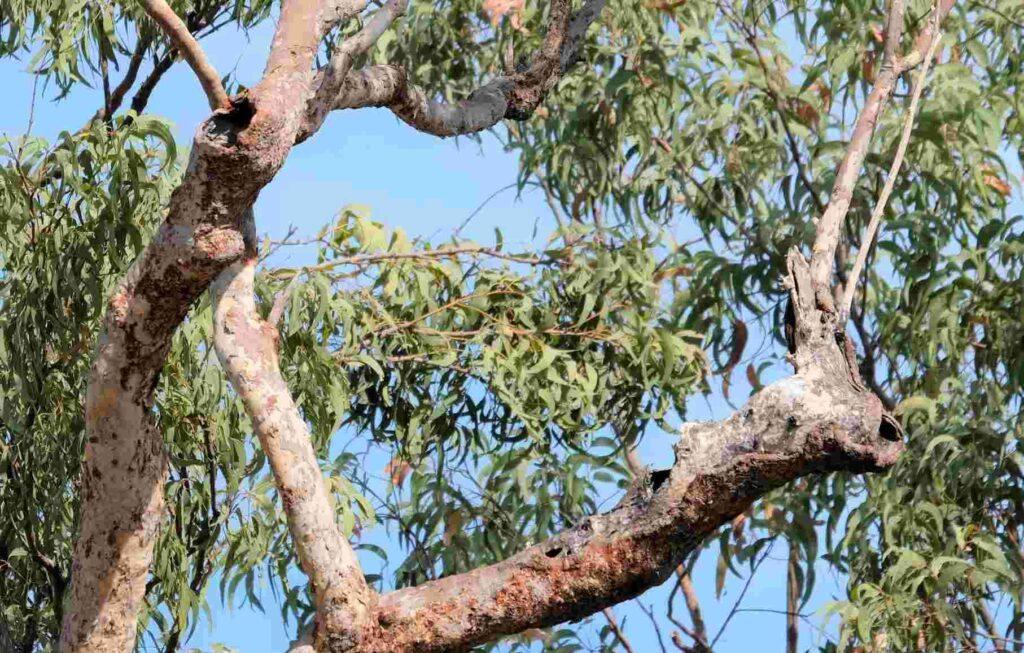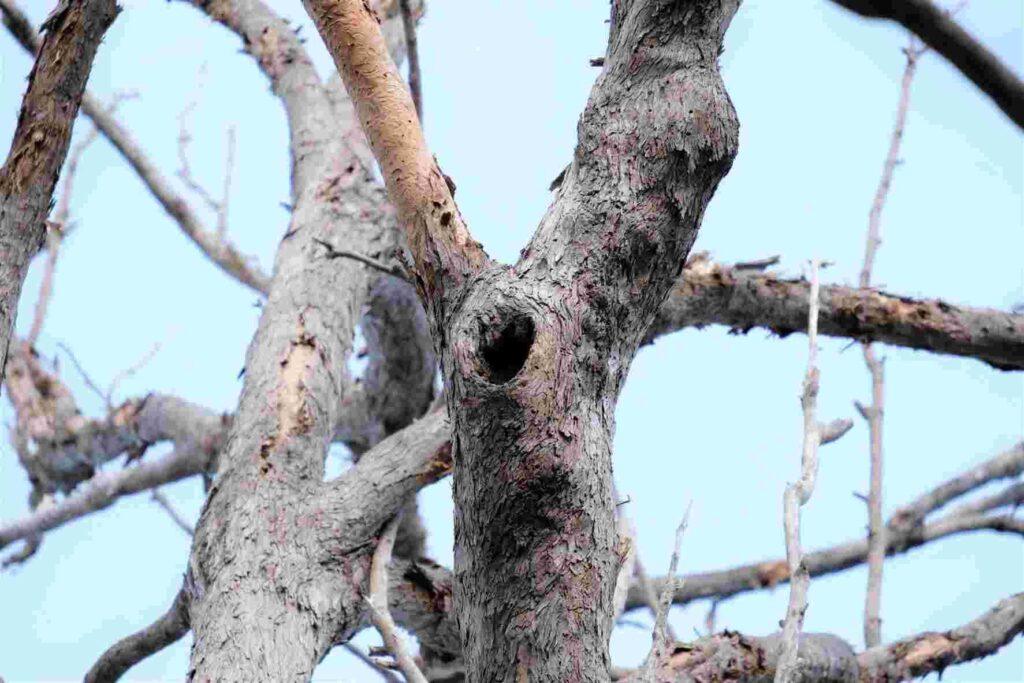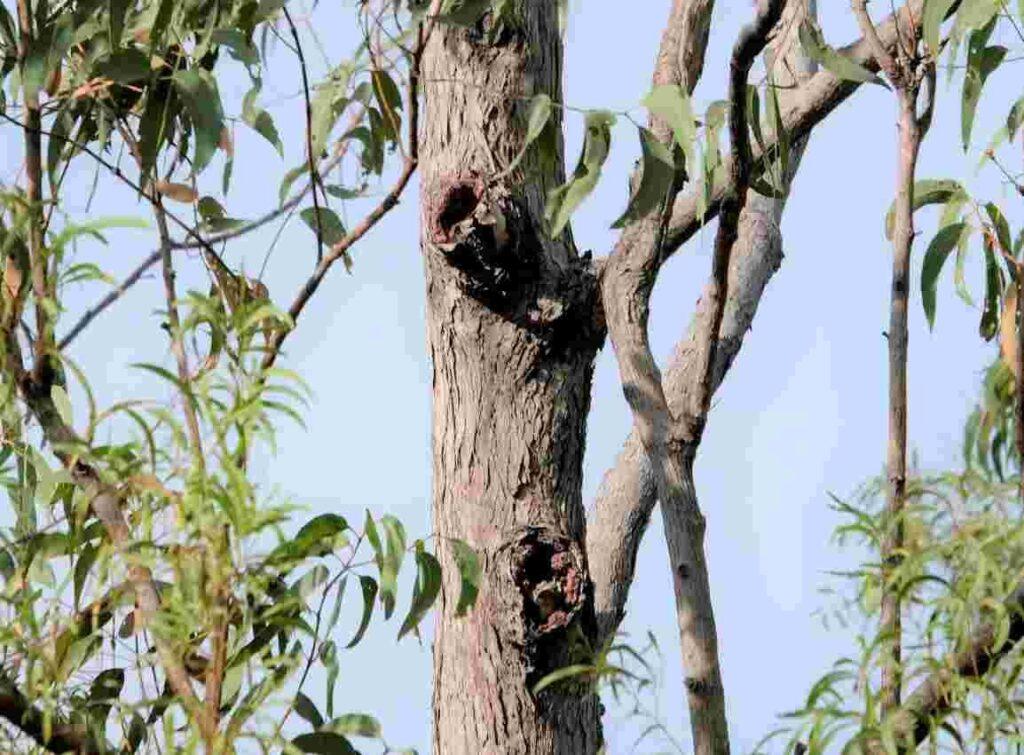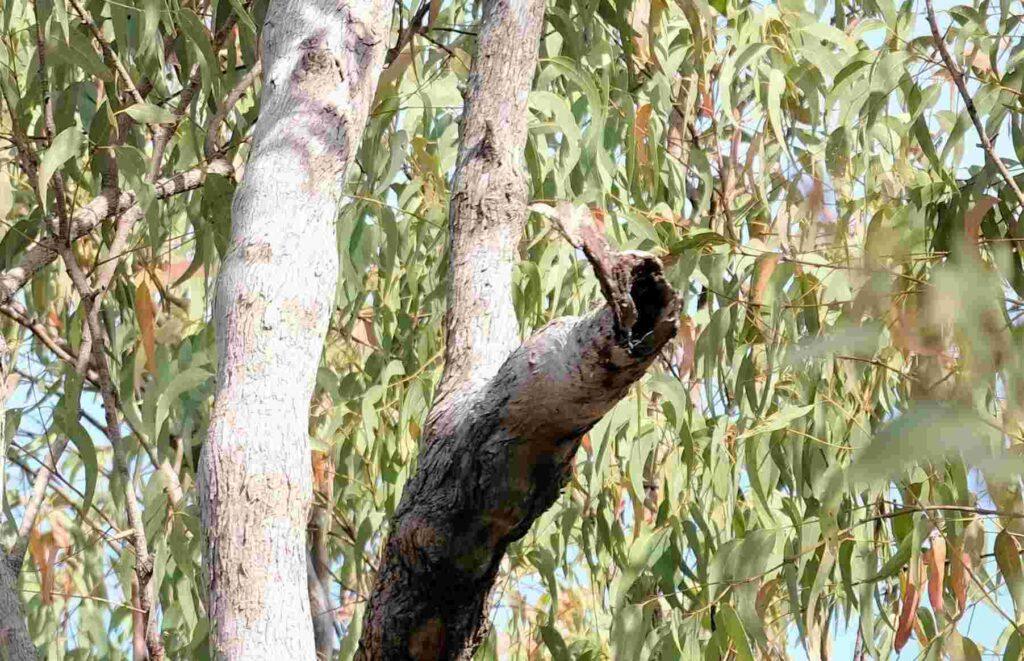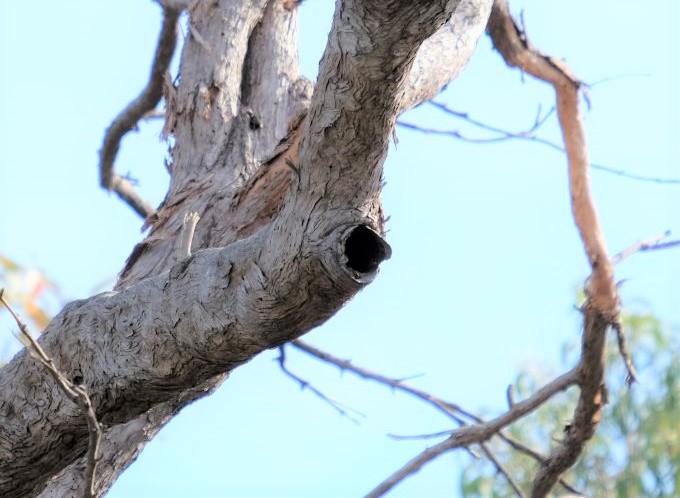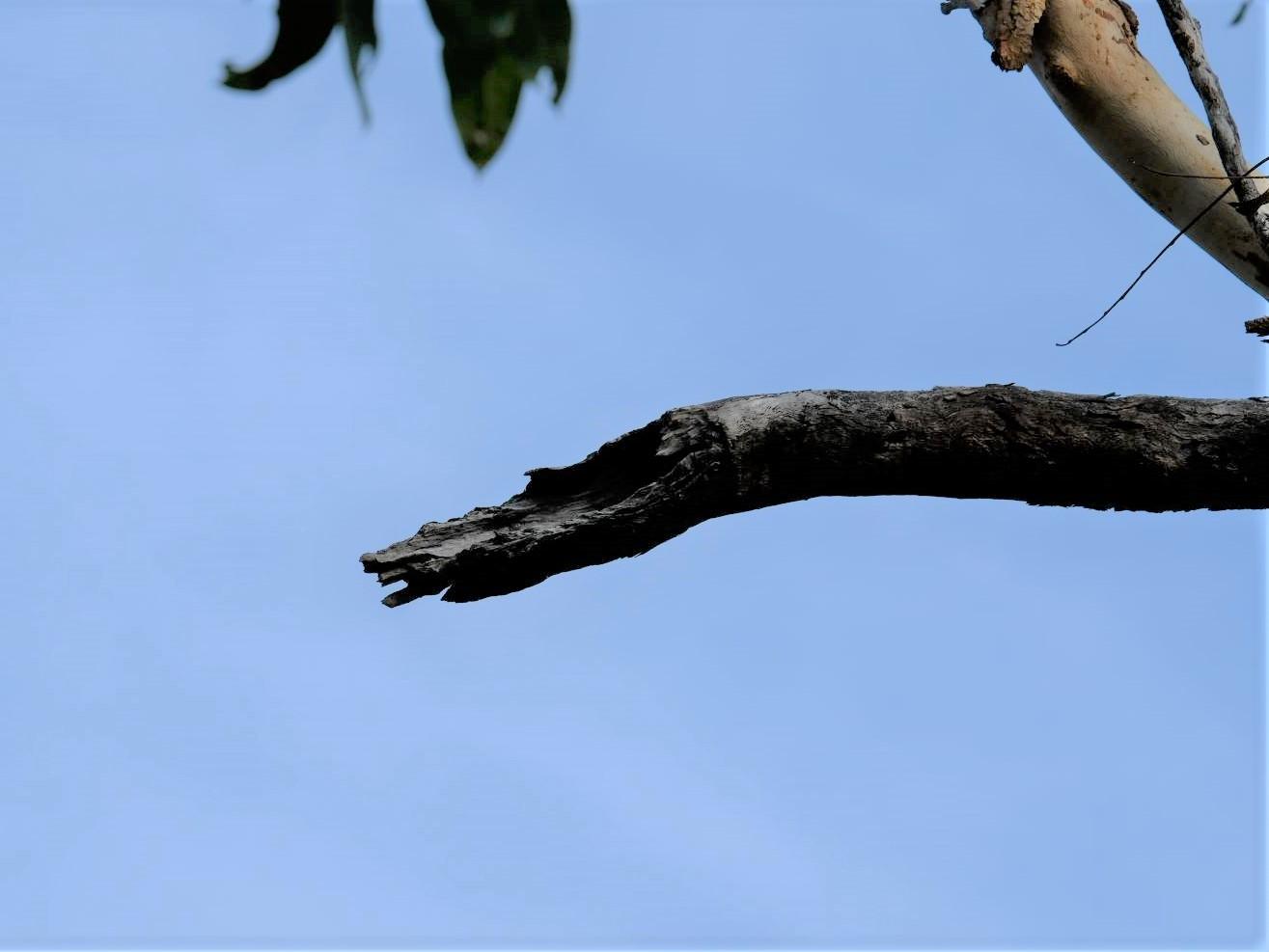Lee Point peninsular makes Darwin special.
What other city in the world would you get to see a such a large range of wildlife that includes Gouldian Finches? Darwin is a special place for tourists and residents and it needs places like Lee Point to keep it that way.
Professor Stephen Garnett is recognised internationally on conservation management, particularly of threatened species, wrote this letter to the NT News on the Lee Point development.

Lee Point Corridor (called Biodiversity Corridor by the City of Darwin) runs from Buffalo Ck to Sandy Creek area, a distance of approx. 3kms. Most of the habitats in the Top End are connected here providing an area with a rich biodiversity.
The Corridor supports a large number of species including some threatened species;
- BIRDS (appox 200 species); includes endangered Gouldian Finch and Eastern Curlew (a migratory shorebird – shorebirds were partly affected by the last Lyons/Muirhead development)
- MAMMALS: endangered Black-footed Tree Rat.
- REPTILES: vulnerable, Yellow-spotted Monitor plus vulnerable/endangered sea turtles (that nest on beach).
Having the Corridor chosen by a large number of species (some threatened) is a sign of how special this natural environment is.
The Corridor and Stage 2 development
The Corridor allows flora and fauna to easily move promoting biodiversity. Stage 2 will disrupt this movement.
The Corridor has some of the last remaining intact tropical habitat in Darwin. It has many old woodland trees (over 100 years old) with hollows. These hollows are very important for roosting and nesting – read more.
Stage 2 contains one of the best areas in Darwin for tree hollows (see photos below or for more photos: Dropbox Link. Some of these are expected to be used by Gouldian Finches, Black-footed Tree Rats, Red-tailed Black Cockatoos and other species that need tree hollows to breed.
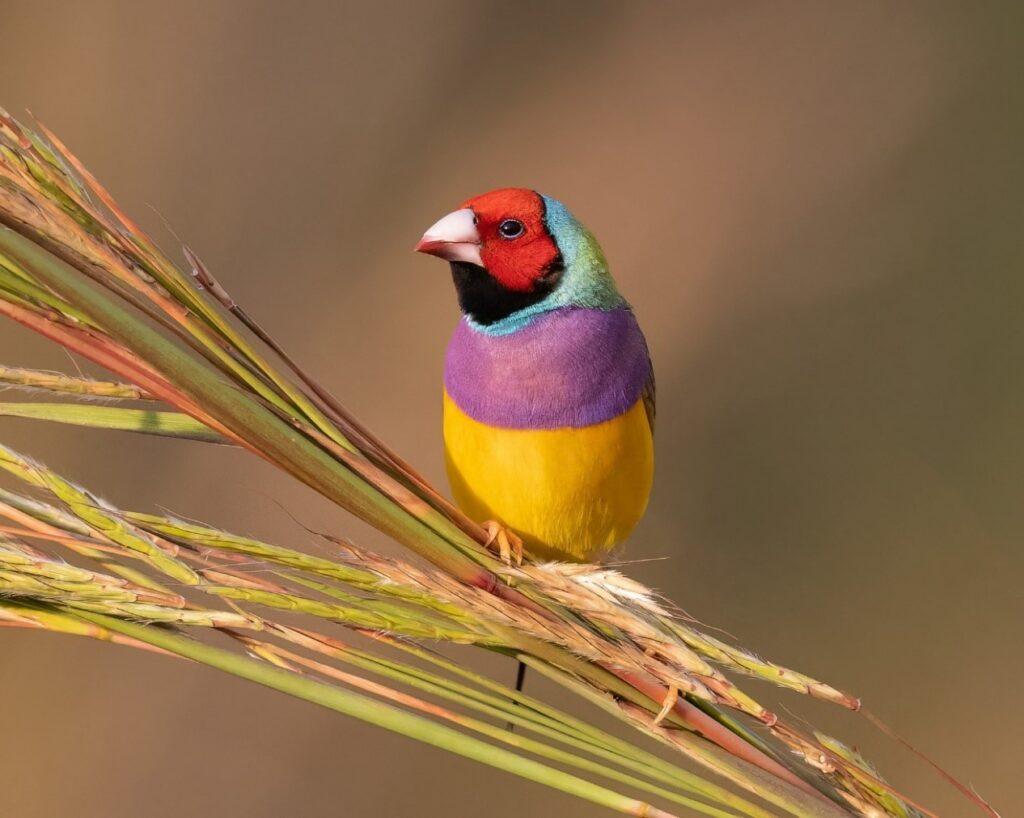
Gouldian Finches need tree hollows to breed; breeding happens from April to June when there is plenty of grass seeds around.
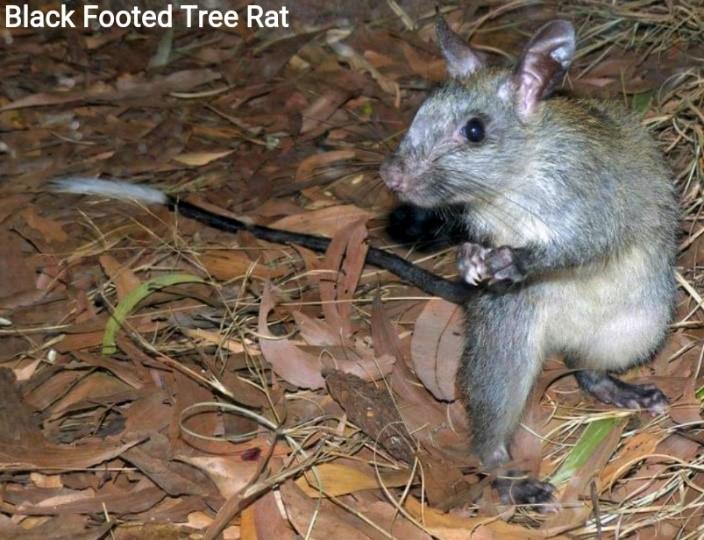
Black Footed Tree Rats are nocturnal and use tree hollows
Larger tree hollows are used by larger animals such as Black-footed Tree Rats, possums, gliders, owls, cockatoos and parrots.
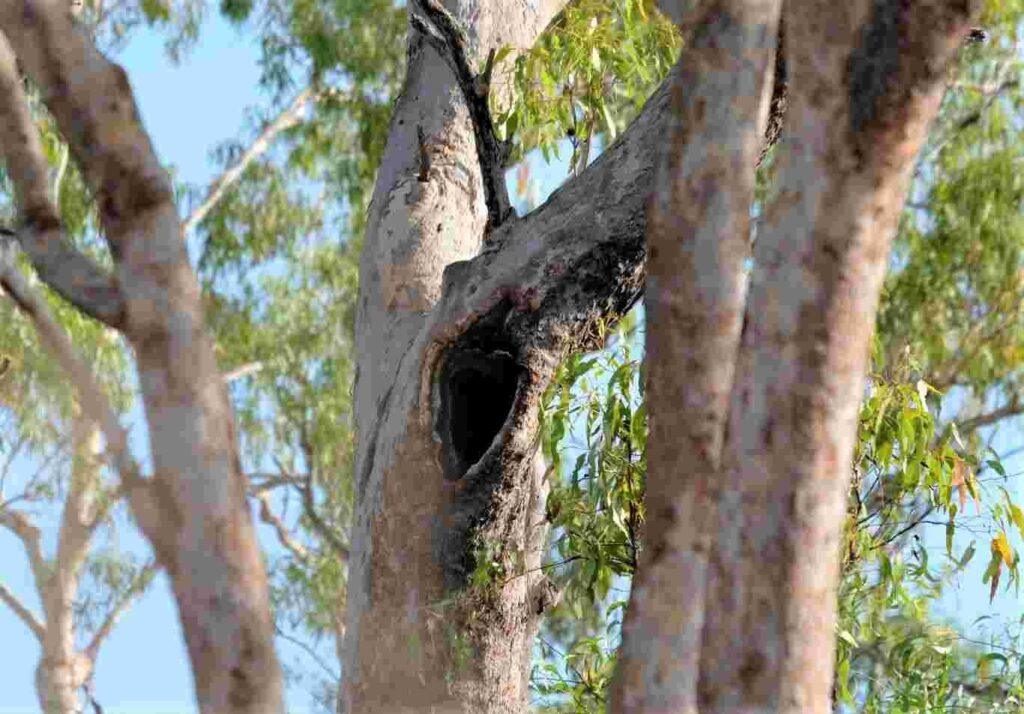
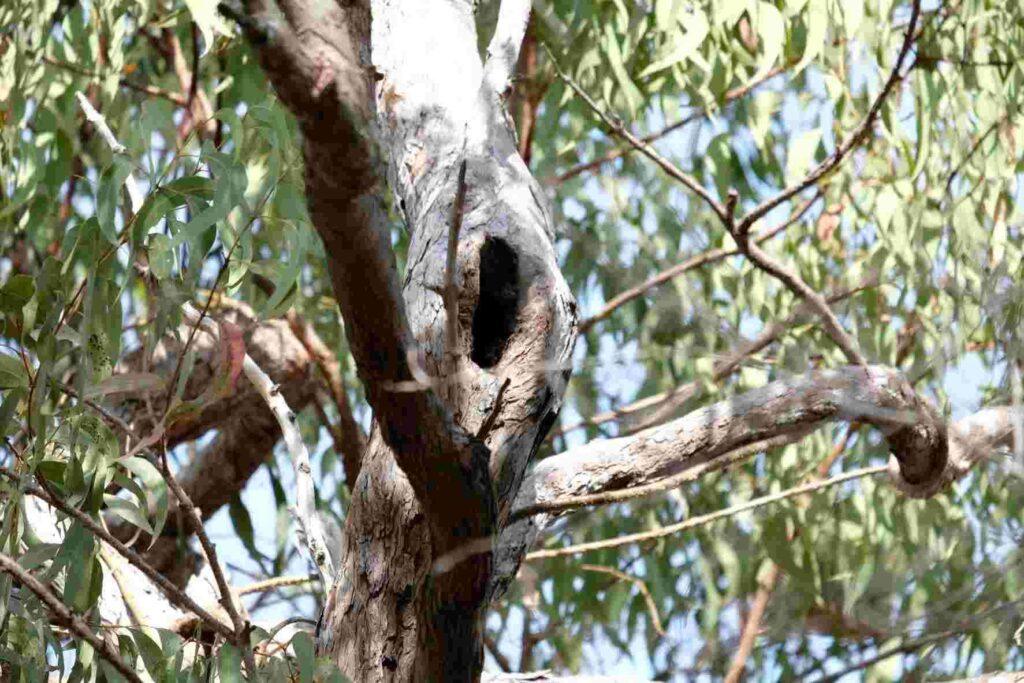
Smaller tree hollows are used by smaller animals such as grass finches (gouldian and long-tail), kingfishers and lorikeets.
